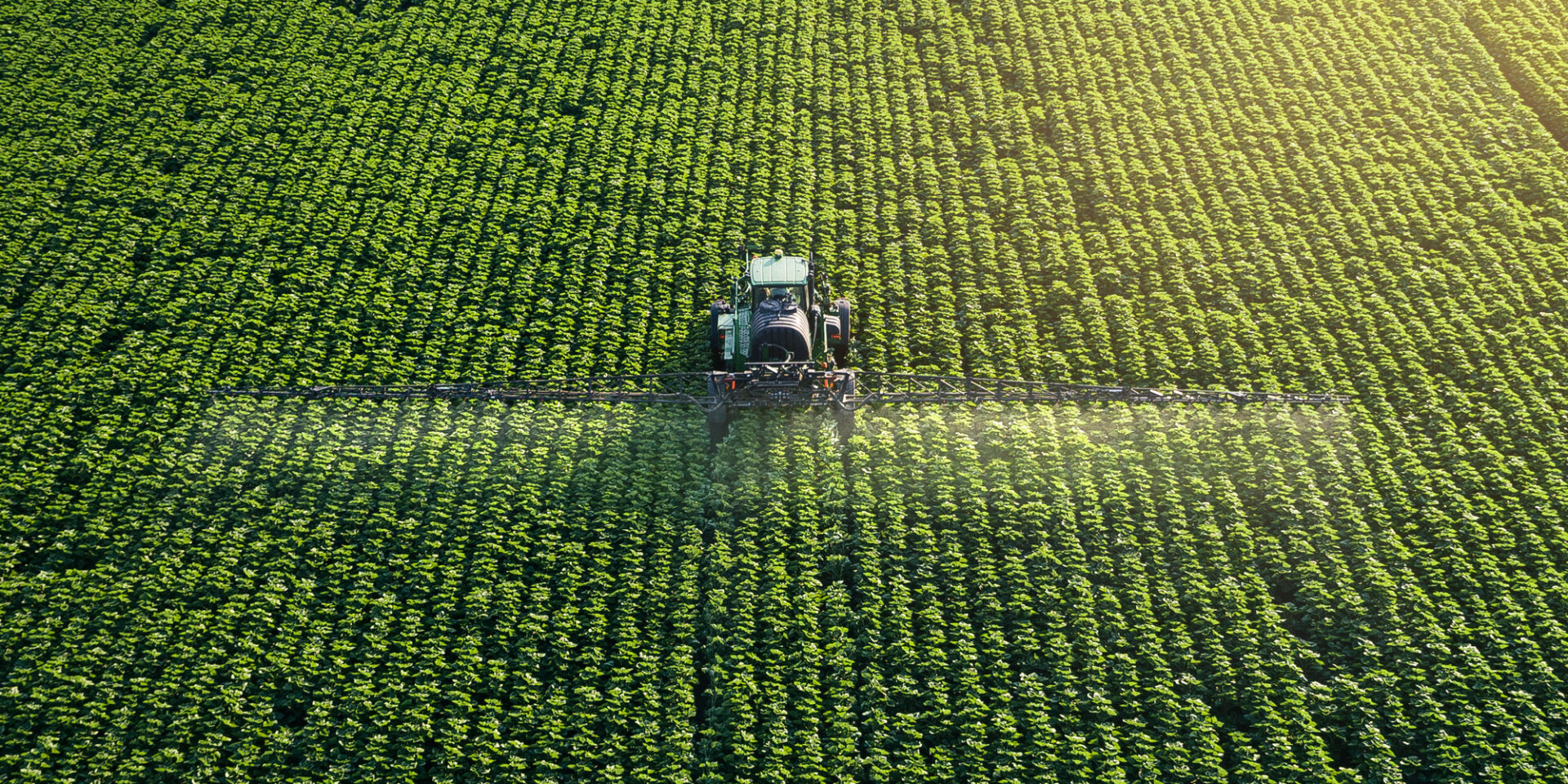By MIA Practice Review Department
Auditors are expected to exercise a high degree of vigilance when conducting the audit of biological assets, an area where subjectivity, judgements and estimates abound. In the course of conducting practice reviews, the Practice Review Department (PRD) has identified gaps in the audit of biological assets.
Is it a Biological Asset?
Malaysian Financial Reporting Standard (MFRS) 141: Agriculture is applicable to biological assets (except for bearer plants), agricultural produce at the point of harvest and government grants related to biological assets. MFRS 141 and Appendix B of the Malaysian Private Entities Reporting Standard (MPERS) define agricultural activity as the management by an entity of the biological transformation and harvest of biological assets for sale or for conversion into agricultural produce or into additional biological assets, wherein a biological asset is defined as a living animal or plant. It is noteworthy to highlight that produce growing on bearer plants such as tea leaves, grapes, oil palm fruit and latex, is within the scope of MFRS 141, but not MPERS Section 34: Specialised Activities.
Certain biological assets such as livestock (e.g. broilers raised for sale at maturity) and aquaculture stocks such as fishes farmed in ponds are often not recognised as biological assets but as inventories, measured at the lower of cost and net realisable value. However, it was found that some auditors neglected to challenge the accounting policy adopted by management with respect to agricultural activity. It is a common Practice Review finding that auditors failed to identify, assess and evaluate the appropriateness of the recognition of such biological assets, which meet the definition of agricultural activity pursuant to MFRS 141 and MPERS Section 34. Auditors are required to document their consideration and judgement made in evaluating management’s assessment on whether an agricultural activity falls within the scope of biological assets. It is critical for auditors to recognise and communicate to management, that adoption of the biological assets standards is not a matter of choice when the criteria set out in the accounting standards are fulfilled. Auditors should strive to improve their technical knowledge on biological assets in order to be able to aptly challenge their clients when such stark misstatements are identified, and consider whether any modification to the auditor’s report is necessary, in accordance with International Standard on Auditing (ISA) 750 (Revised): Modifications to the Opinion in the Independent Auditor’s Report. Indeed, auditors should only undertake or continue audit engagements involving biological assets where the audit firm is competent to perform such engagements and has the capabilities to do so.
Measurement at initial recognition – fair value or cost?
Biological assets are to be measured on initial recognition at its fair value less costs to sell. Para 30 of MFRS 141 states that there is a presumption that fair value can be measured reliably for a biological asset. However, that presumption can be rebutted only on initial recognition for a biological asset for which quoted market prices are not available and for which alternative fair value measurements are determined to be clearly unreliable. In such a case, that biological asset shall be measured at its cost less any accumulated depreciation and any accumulated impairment losses. MPERS Section 34, on the other hand, allows an entity to measure at cost less any accumulated depreciation and any accumulated impairment losses those biological assets whose fair value is not readily determinable without undue cost or effort.
The determination of whether fair value can be reliably measured is a point of subjectivity at initial recognition and auditors are required to critically evaluate the management’s decision to measure biological assets at cost less any accumulated depreciation and any accumulated impairment losses, instead of using fair value accounting. Management’s judgements that fair value measurements are “clearly unreliable” (per MFRS 141) or “not readily determinable without undue cost or effort” (per MPERS Section 34) must be clearly demonstrated and the auditors must ensure that sufficient appropriate audit evidence is obtained to support that fact.
Auditors should also take note that agricultural produce harvested from an entity’s biological assets shall be measured at its fair value less costs to sell at the point of harvest. Such measurement is the cost at that date when applying MFRS 102: Inventories or MPERS Section 13: Inventories or another applicable Standard.
Is fair value fair?
Guidance on fair value is set out in MFRS 13: Fair Value Measurement and MPERS Section 34.6. Various fair value models are available to measure biological assets, depending on whether there exists an active market, whereby the quoted price is used; if an active market does not exist, other fair value techniques to be considered include the most recent market transaction price, market price for similar assets, sector benchmarks and the discounted present value of expected net cash flows from the asset. It is the management’s role to determine the best-fit fair value measurement model for their biological assets.
The auditors’ role is to audit the fair value of biological assets determined by management, including inter alia, the appropriateness of the fair value technique used, the assumptions made by management and inputs injected into the fair value model. The PRD has frequently observed that auditors failed to ensure that there is sufficient appropriate audit evidence obtained to substantiate their review of the fair value determined by management, as required by ISA 540: Auditing Accounting Estimates, Including Fair Value Estimates, and Related Disclosures.
The role of the auditors does not end when valuation experts are engaged by the management to determine fair value – it is imperative for auditors to evaluate the competence, capabilities and objectivity of the experts, on top of assessing the appropriateness of the valuation methods and inputs used by the valuation experts pursuant to ISA 500: Audit Evidence. Under circumstances where the auditor decides to use an auditor’s expert to determine the fair value of biological assets, the auditor’s responsibilities are stipulated in ISA 620: Using the Work of an Auditor’s Expert.
What if biological assets are carried at cost model?
In circumstances where fair value measurements are “clearly unreliable” (per MFRS 141) or “not readily determinable without undue cost or effort” (per MPERS Section 34), biological assets shall be measured at cost less any accumulated depreciation and any accumulated impairment losses.
For biological assets carried using the cost model, it is mandatory for auditors to review the reasonableness of depreciation rates used and to perform a depreciation reasonableness test accordingly. In addition, auditors are required to assess whether the biological assets have been impaired in any way, and whether any impairment losses need to be made, for example, if the company is in a loss-making position or if other indicators of impairment exist. The lack of assessment of impairment is a recurrent area of negligence that the PRD has identified – auditors frequently failed to perform any assessment of impairment for biological assets carried at cost model, or do not adequately document their assessment in the audit working papers.
What are other audit procedures commonly omitted?
From the PRD’s conduct of Practice Review on audit engagements involving biological assets, recurring deficiencies have also been identified in the audit of the following:
- Additions of biological assets such as the costs incurred in the breeding of livestock and cultivation of oil palm plantations;
- Capitalisation of costs prior to maturity or harvesting of biological assets, such as direct labour, maintenance costs and borrowing costs (which can be capitalised under MFRS but are to be expensed to profit or loss under MPERS Section 25);
- Verification of the existence of biological assets e.g. observation of physical count of livestock;
- Derecognition of biological assets resulting from harvest; and
- Disclosures of biological assets in the financial statements in accordance with the applicable financial reporting framework.
COVID-19: Any impact?1
Depending on each entity’s specific circumstances, the COVID-19 pandemic has varying degrees of impact on the entity’s operations and financial performance. As far as the audit of biological assets is concerned, the pertinent areas that auditors need to consider in the COVID-19 environment include, but are not limited to the following:
Assessment of audit risks and related audit procedures
Auditors should assess whether COVID-19 has affected audit risks identified in relation to biological assets or maybe even resulted in new audit risks such as impairment of biological assets. The potential consequences of COVID-19 on the audit procedures performed on biological assets should also be considered by auditors, e.g. practicality of attending observation of physical counting of biological assets, and the alternative procedures to be performed.
Evaluation of areas subject to judgements and estimation uncertainties
Determination of fair value and impairment losses are examples of areas that are subject to judgement and estimation uncertainties with respect to biological assets. The potential issues arising from COVID-19 undoubtedly require auditors to exercise greater professional skepticism and due care when evaluating the fair value of biological assets determined by management, particularly when management assumptions and cash flow forecasts/projections are involved. Likewise, the COVID-19 pandemic may result in higher risks of impairment of biological assets carried at the cost model, and auditors should be more vigilant when assessing indicators of impairment and the resulting provision for impairment losses, if any.
Assessing the impact of subsequent events
It is expected of auditors that they inquire from management on the existence of any subsequent events arising from the COVID-19 pandemic, be it adjusting or non-adjusting events that may require adjustment of or disclosure in the financial statements.
Review for omission and adequacy of disclosures in the financial statements
Auditors should consider the effects of COVID-19 on management’s disclosures on biological assets in the financial statements, and review for any possible omissions or inadequacies in the disclosures.
Conclusion
There is more than meets the eye in the audit of biological assets and the failure of auditors to ensure that sufficient appropriate audit evidence is gathered will inevitably result in gross audit deficiencies. It is vital for auditors to develop sound audit techniques in this area so as to raise the standard and plug the gaps in the audit of biological assets.
1 The Malaysian Institute of Accountants’ publication entitled “Covid-19: Frequently Asked Questions on Auditing” can be referred to for additional guidance.







